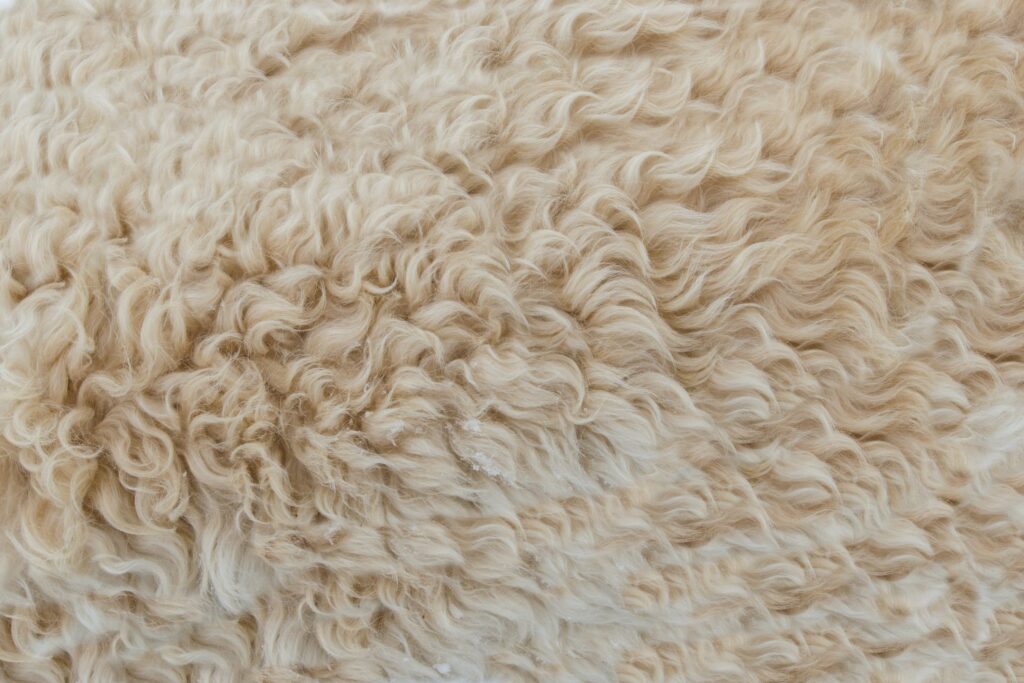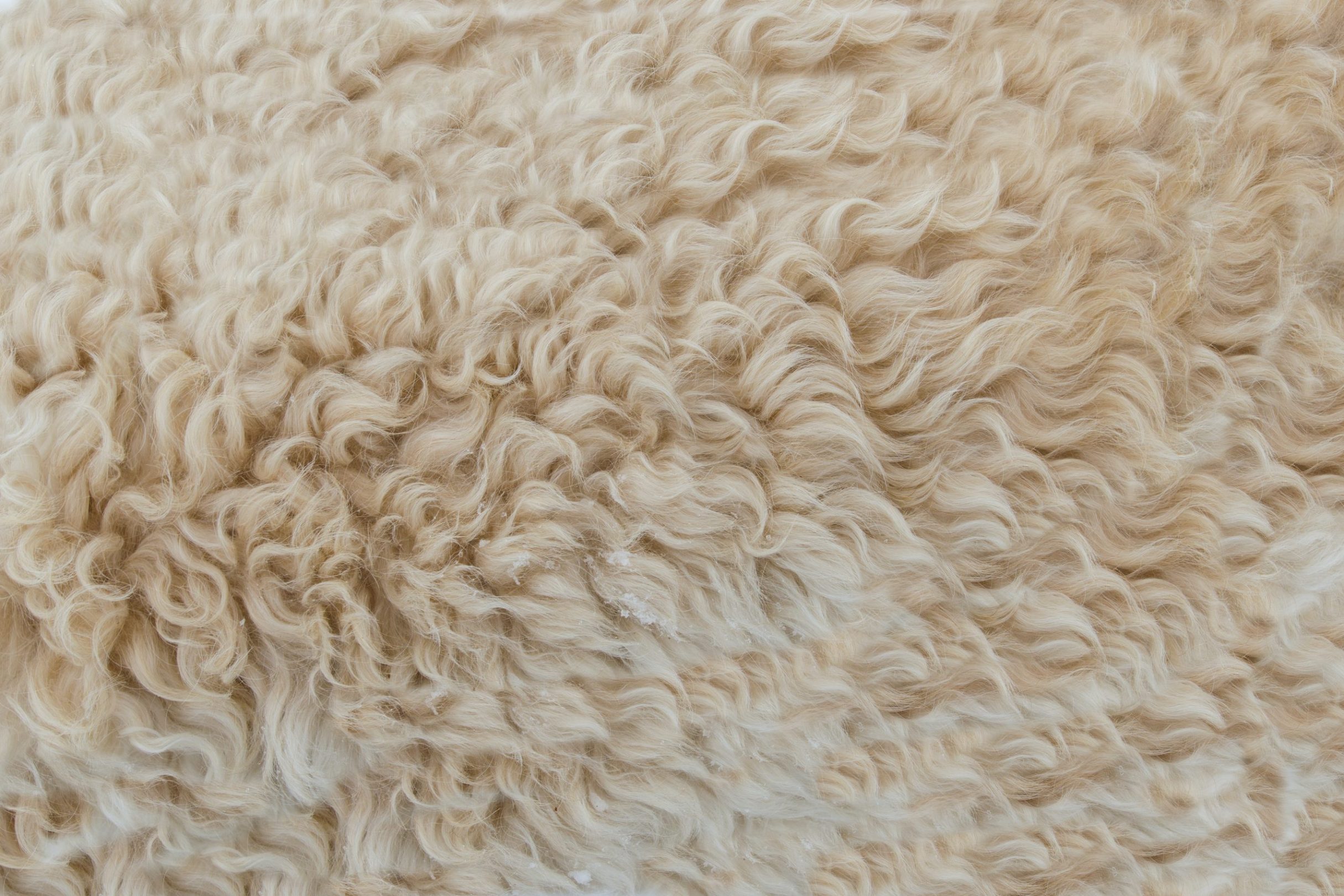
Lanolin Wool: The Natural Wonder Fiber Explained
Lanolin wool, a term often heard in the textile and skincare industries, refers to wool that naturally contains lanolin. This natural wax, secreted by sheep, coats the wool fibers and provides a range of beneficial properties. But what exactly is lanolin wool, and why is it valued? This article dives deep into the world of lanolin wool, exploring its origins, benefits, uses, and care. Understanding the unique attributes of lanolin wool will help you appreciate its versatility and make informed decisions when purchasing wool products.
What is Lanolin?
Before delving into lanolin wool, it’s crucial to understand lanolin itself. Lanolin is a natural wax produced by the sebaceous glands of sheep. It’s a complex mixture of esters, alcohols, and fatty acids, providing excellent moisturizing and protective properties. Think of it as the sheep’s natural skin conditioner, keeping their fleece healthy and resilient in various weather conditions. Raw wool contains a significant amount of lanolin, which is often removed during processing for various applications, but some wool products retain it for its beneficial effects.
The Origin of Lanolin Wool
The story of lanolin wool is inextricably linked to the domestication of sheep. For centuries, humans have relied on sheep for their wool, and with it, the natural benefits of lanolin. Historically, shepherds and wool workers recognized the softening and protective qualities of lanolin on their hands. This led to its early use in skincare and medicinal applications. Today, lanolin wool is gaining renewed attention as consumers seek natural and sustainable materials.
Benefits of Lanolin in Wool
The presence of lanolin in wool offers several advantages:
- Water Resistance: Lanolin is naturally water-repellent, helping to keep the wool dry and comfortable in damp conditions.
- Moisturizing Properties: Lanolin is an emollient, meaning it softens and moisturizes the skin. Wool containing lanolin can help prevent dryness and irritation.
- Self-Cleaning: Lanolin helps to repel dirt and grime, making lanolin wool naturally more resistant to staining and easier to clean.
- Comfort: The natural softness of lanolin contributes to the overall comfort of wool garments.
- Protection: Lanolin provides a protective barrier against external elements, such as wind and sun.
Uses of Lanolin Wool
Lanolin wool finds application in a wide range of products:
- Clothing: Sweaters, socks, hats, and other garments made from lanolin wool offer warmth, comfort, and water resistance.
- Baby Products: Diaper covers and clothing made from lanolin wool are popular for their gentle and protective qualities.
- Skincare: Lanolin extracted from wool is used in lotions, creams, and lip balms to moisturize and soothe the skin.
- Medical Products: Lanolin is used in some medical ointments and creams to promote healing.
- Upholstery: The natural water resistance and durability of lanolin wool make it suitable for upholstery in some applications.
Types of Wool that Naturally Contain Lanolin
While all sheep produce lanolin, some breeds are known for producing wool with higher lanolin content. Merino wool, known for its softness and fine fibers, is a prime example. Other breeds, such as Shetland and Icelandic sheep, also produce wool with significant lanolin levels. It’s important to note that the processing method also affects the amount of lanolin retained in the final product. Some manufacturers intentionally leave more lanolin in the wool to preserve its beneficial properties.
How to Care for Lanolin Wool
Caring for lanolin wool requires a gentle approach to preserve its natural properties. Here are some tips:
- Hand Washing: Hand washing is the preferred method for cleaning lanolin wool garments. Use lukewarm water and a mild soap specifically designed for wool.
- Avoid Harsh Detergents: Harsh detergents can strip the lanolin from the wool, reducing its beneficial properties.
- Gentle Handling: Avoid wringing or twisting the wool, as this can damage the fibers. Gently squeeze out excess water.
- Lay Flat to Dry: Lay the garment flat on a towel to dry, away from direct sunlight or heat.
- Lanolin Replenishment: Consider using a lanolin-replenishing product to maintain the lanolin content of the wool.
Lanolin Allergies and Sensitivities
While lanolin wool offers numerous benefits, some individuals may experience allergic reactions or sensitivities to lanolin. These reactions can manifest as skin irritation, itching, or rash. If you suspect a lanolin allergy, consult with a dermatologist for testing and advice. Fortunately, many alternative materials are available for those with lanolin sensitivities. It is important to test a small area of skin before using lanolin wool extensively, especially for babies or individuals with sensitive skin. Choosing products with highly purified lanolin can also reduce the risk of allergic reactions.
The Sustainability of Lanolin Wool
Lanolin wool can be a sustainable choice, depending on the farming practices employed. Sheep farming can have both positive and negative environmental impacts. Sustainable practices, such as rotational grazing and responsible land management, can minimize the environmental footprint of wool production. Choosing wool from farms that prioritize animal welfare and environmental sustainability is crucial for making a responsible purchase. Furthermore, the durability of lanolin wool products contributes to their sustainability, as they tend to last longer than items made from synthetic materials. [See also: Sustainable Wool Production]
Lanolin Extraction and Processing
The process of extracting lanolin from wool involves washing the raw wool to remove dirt, grease, and other impurities. The wash water, which contains the lanolin, is then processed to separate the lanolin from the water. The extracted lanolin is further refined to remove any remaining impurities and to improve its color and odor. This refined lanolin is then used in various cosmetic, pharmaceutical, and industrial applications. Some processing methods are more environmentally friendly than others, so it’s worth researching the practices of the manufacturers. The quality of the lanolin extracted from the wool is heavily dependent on the breed and health of the sheep producing the lanolin wool.
Lanolin Wool vs. Other Types of Wool
Compared to other types of wool, lanolin wool stands out due to its natural lanolin content. While all wool contains some lanolin, the amount varies depending on the breed of sheep and the processing methods used. Virgin wool, which is wool that has not been previously processed, typically has a higher lanolin content than recycled wool. The presence of lanolin contributes to the water resistance, moisturizing properties, and self-cleaning abilities of lanolin wool. Therefore, when selecting wool products, consider the lanolin content and the intended use to make the best choice. [See also: Merino Wool vs. Regular Wool]
The Future of Lanolin Wool
The demand for natural and sustainable materials is driving renewed interest in lanolin wool. As consumers become more aware of the benefits of lanolin and the environmental impact of synthetic fibers, lanolin wool is poised for continued growth. Innovations in wool processing and sustainable farming practices will further enhance the appeal of lanolin wool. The future of lanolin wool lies in its ability to provide a natural, comfortable, and sustainable alternative to synthetic materials. Research and development efforts are also focused on improving the extraction and purification processes to make lanolin wool even more appealing to a wider audience. The growing focus on eco-friendly materials in the fashion and textile industries suggests a promising future for lanolin wool. [See also: Eco-Friendly Textiles]
Conclusion
Lanolin wool is a remarkable natural fiber with a rich history and a promising future. Its unique properties, derived from the natural lanolin it contains, offer a range of benefits for clothing, skincare, and other applications. By understanding the origins, benefits, and care requirements of lanolin wool, consumers can make informed choices and appreciate the versatility of this natural wonder fiber. As sustainability and natural materials continue to gain importance, lanolin wool is well-positioned to remain a valuable and sought-after resource.

